
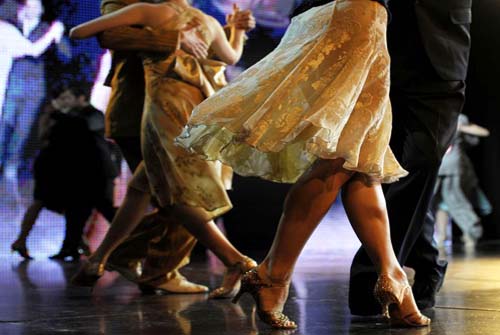 |
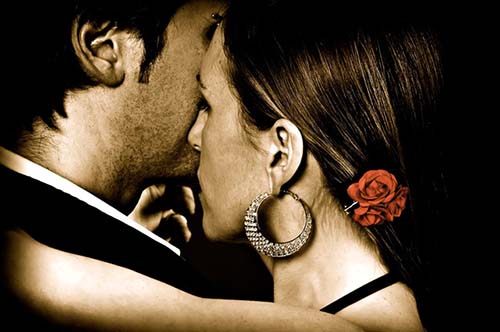 |
Calendar • Floor codigos • What to wear • Quick tips • FAQ • Useful links
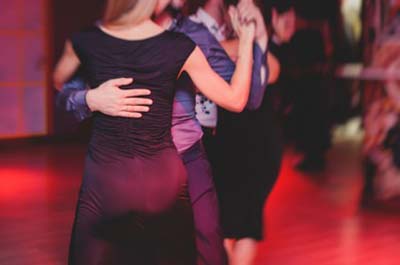
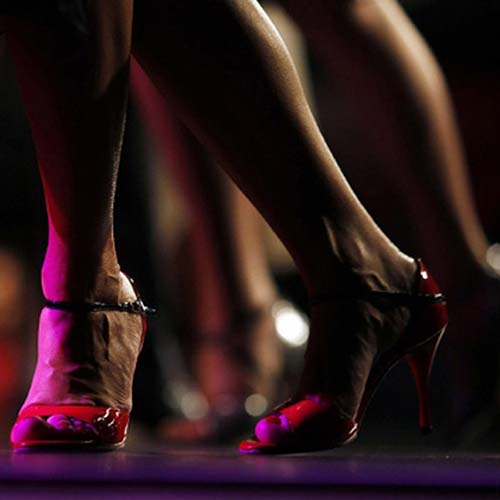 |
A selection of nights with good music, a welcoming vibe, and a well-kept floor. Always check updated times on the official channels. . Buenos Aires Tango Tour - Argentina → Want your event listed? Write to us → /en/contact |
Invite and accept with eye contact — elegant, clear, and less awkward. Avoid stopping people at their table.
Ask permission with your eyes to the approaching couple. When they give you space, merge smoothly into the outer lane.
Lead clearly, never roughly; listen attentively. Keep safe distance and respect the ronda direction — no “sporty” overtakes.
You dance a tanda with the same partner. At the cortina, escort them back to their seat with a smile.
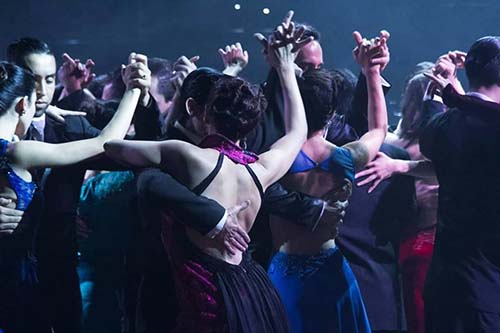
Tango shoes with suitable soles; comfortable clothes that respect the embrace and your movement.
If in doubt, read our guide “Shoes & outfit for the milonga” /en/tango-shoes and ask the maestros in the room.
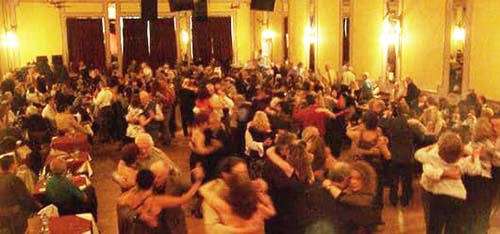
• Arrive a few minutes early to settle in.
• Watch the floor and pick the right moment to enter.
• If you’re a beginner, start in the less crowded areas of the ronda.
• Hydration & breaks: listen to your body — not every tanda is “mandatory”.
• Listen to the music: recognizing rhythm and phrasing helps you dance better.
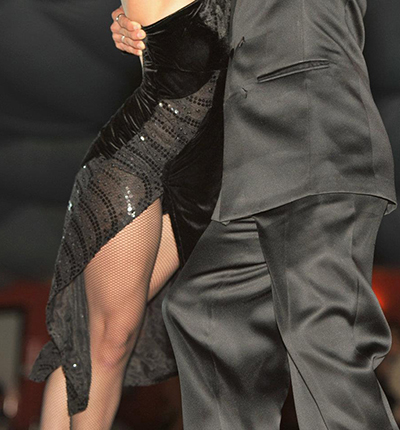
No. We encourage polite role/partner rotation at dedicated moments.
No. We highlight nights suitable for beginners and intermediate dancers; our events include moments designed for everyone.
Yes. We encourage role/partner rotation at dedicated moments; always respect mirada & cabeceo.
It depends on the event. Check the event sheet or write to us: /en/contact
Always ask permission and never disrupt the ronda. Some venues don’t allow it.
No strict rules — be tidy, comfortable, and wear suitable shoes. Avoid overly strong perfumes.
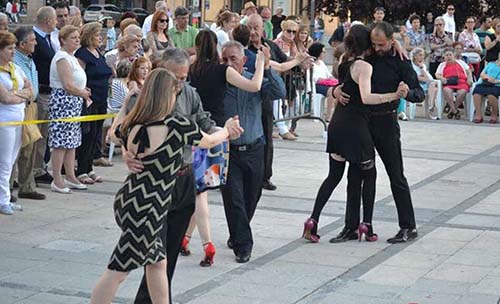
Want to improve technique and musicality? Check our Courses /en/courses and join our Tango Meetings /en/tango-meetings
For quick updates on nights and extras, contact us: /en/contact
Join the next milonga → /en/contact | WhatsApp +39.333.5300844
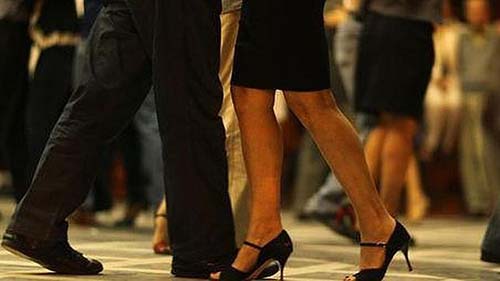
If you use the Streaming Services you can listen to a playlist here as if you were in a milonga or divided into tandas y cortinas, all to be danced Music of the dance Milonga. Download and store the Paylist you like most in your music library to be able to listen to it whenever you want on the different Streaming platforms Spotify, Apple, Youtube Music, Amazon, Tidal or Deezer
Click on this link to find it Happy Listening!
Dancing Tango in Rome |
Discover the Tango Allegria event closest to you.
|
Our Community |
Join our group and make new friends around the world. |
|
Seguici su
|
Tango and not only Tango |
Discover new passions organised by our Tango friends. |
Tango Allegria is the association that from the heart of Italy brings the passion for Argentine tango to the world, organizing unforgettable holidays, trips and events. If you love dancing, traveling, meeting new people and experiencing authentic emotions, you are in the right place.
Discover our tango holidays in exclusive locations: at the seaside, at the spa, in cities of art or in the middle of nature. Each experience combines tango, relaxation and fun.
Throughout the year we organize Argentine tango events with internationally renowned Argentine masters, intensive seminars, evening milongas, thematic courses and guided practices. Each event is an opportunity to improve your dance and share your passion in a welcoming and engaging environment.
With Tango Allegria you don't just experience tango, but also the beauty of the journey, the pleasure of wellbeing and the joy of meeting.
Our events are designed for everyone: beginners, intermediates and expert dancers.
📅 Upcoming Events• Tango in Finland – 1–6 October 2025• Buenos Aires Tango Tour – 17–28 November 2025• Ischia Tango Party – 30 April–3 May 2026 |
Do you want to stay updated on tango trips, special events, study weeks and exclusive offers?
Sign up for our newsletter and start living tango with us.
Since 2003 we have been bringing tango wherever there is a desire to get excited, learn and dance. We are waiting for you for a unique experience.